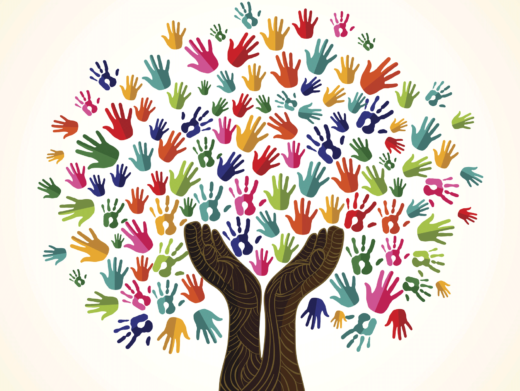Humility is not necessarily about modesty or pretending to be less than you are. In fact, people who are humble often have a high sense of self-worth; it's just that they can recognize their own strengths and limitations. Research about humility also suggests a strong connection between being humble and being generous. For kids growing up in a media-driven world that often rewards narcissism, humility has become a way to stand up and stand out, like this valedictorian student who used a secret Instagram profile to sing the praises of his peers.
But there’s a specific aspect of humility that’s especially relevant today: cultural humility. This is when we recognize that we have biases and limitations to our knowledge regarding another’s culture. Whether they are seeking to relate to someone of a different race, age, or gender, kids who can better keep themselves in perspective and practice cultural humility are more likely to value the contributions of others to their lives -- a necessity when fostering truly collaborative, forward-thinking societies.
Check out these picks to help kids reflect on their own views and work toward the welfare of others.
This site showcases multicultural life stories through short videos and photo essays. Kids can view a film about the effects of climate change on a local community or explore an article uncovering a culture on the edge of extinction. Once kids have had a chance to observe experiences outside their everyday reality, challenge them to go out into their own neighborhood, find an unexpected or inspiring story, and create a video that captures their own community in a new light.





